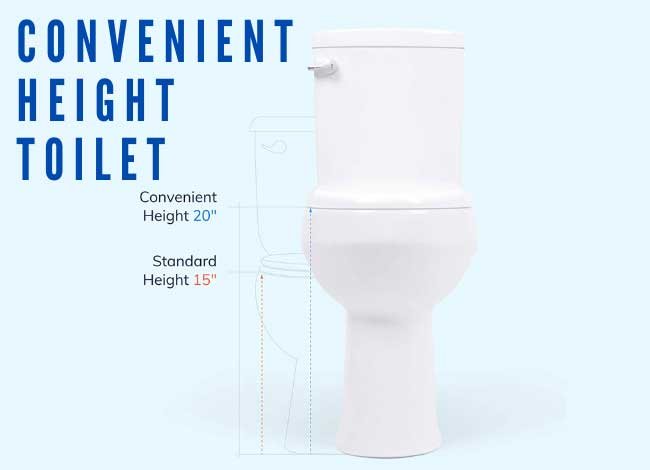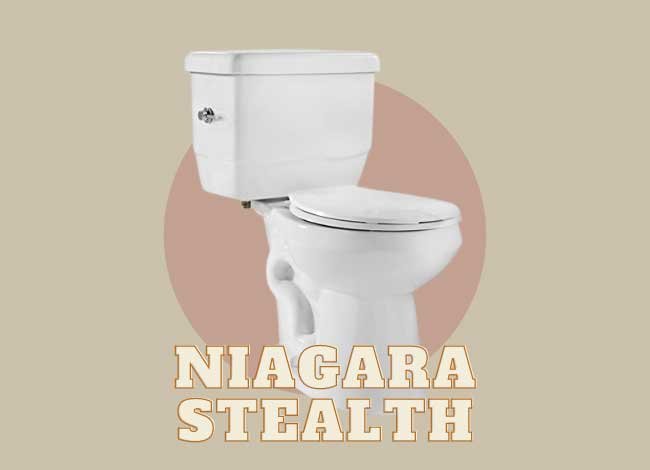Last Updated on August 27, 2022
What is a flapper in the toilet?
The flapper is one of the main parts of the toilet, and it is situated in the main tank of the toilet. The flapper works as a sluice gate whose main business is to get on and off the main entering point of the tank through the toilet bowl. The flapper is primarily made of plastic materials, and there is no material more suitable for the purpose than plastic. It is attached to a solid metal chain that is raised when the toilet handle is pressed. The flapper valve opens, and water trespasses through the bowl, which makes for a successful flushing module.
The working mechanism of the toilet flapper
Some components are related to the mechanism of a flapper. Those related components are the metal chain, a trip lever, and the toilet handle. When you press the handle, the handle agitates the flapper, opening a greater horizon for water to be supplied to the toilet bowl. That is how a flapper does the job.
What are the reasons for a running toilet?
You may have encountered a severe toilet running problem for a long time and are at a stalemate. What should you do to avoid this acute issue? There could be several reasons for a running toilet, like leaking from underneath the flapper, underneath the flapper seat, or through a defective overflow tube. The tank bolts or a crack in the tank can also be the case of a running toilet. You need a lot more explanation to understand the causes of running toilets.
A defect in the chain attached to the flapper
If the flapper of the chain is defected or destroyed in a matter of time, then you will face a running toilet. The flapper chain allows the flapper to lift up and down when the toilet is flushed. If the chain is not attached directly or if the chain is too lengthy or too tiny, this can hinder the flapper’s ability to seal the hole completely. Thus, it causes a randomly running toilet.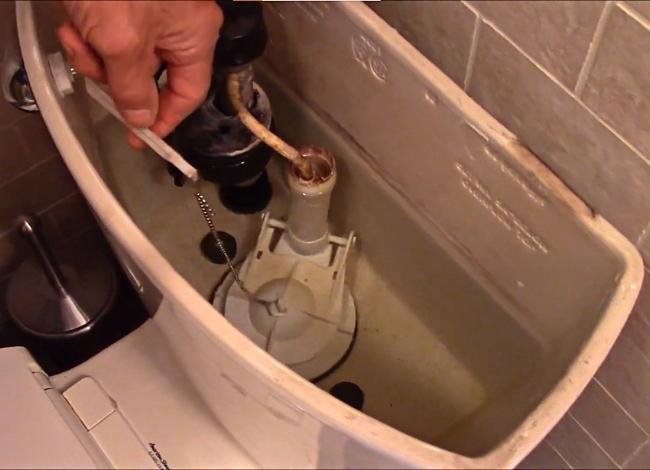
A damaged fill valve
If the fill valve is destroyed in a matter of time, then it is obvious that the toilet may run due to the excessive supply of water in the tank. If there is an outbreak of leaks in the fill valve, it could cause the toilet tank to overflow in a short period of time, and it should be noted that the fill valve is closely related to the overflow valve. So a defect in the main system may be proven as an irresistible fault in the premises of the fill valve.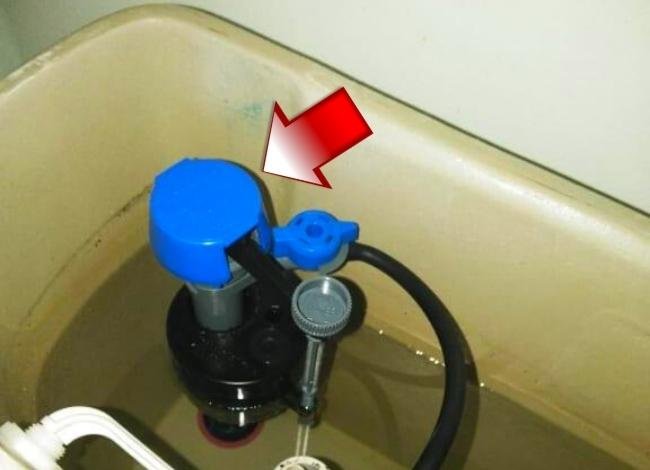
A defected toilet handle
Running at a rapid symposium is not decent for the toilet. A broken toilet handle may be one of the prime causes of a running toilet. A defective flushing handle is a perfect semblance that the health of the toilet is decreased in a wild manner. So it is crucial to have a rock-solid fishing handle.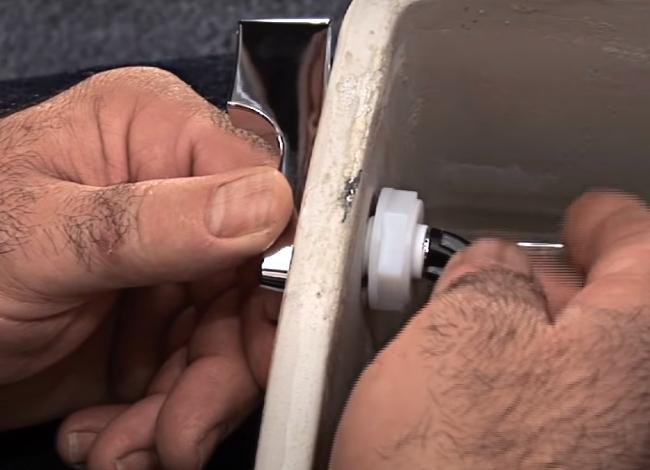
Damaged flapper
The most common reason the toilet tends to run is the damaged flapper itself. If the flapper gathers rust and is worn out, something must be repaired, particularly the flapper that needs to be replaced to stop the running toilet.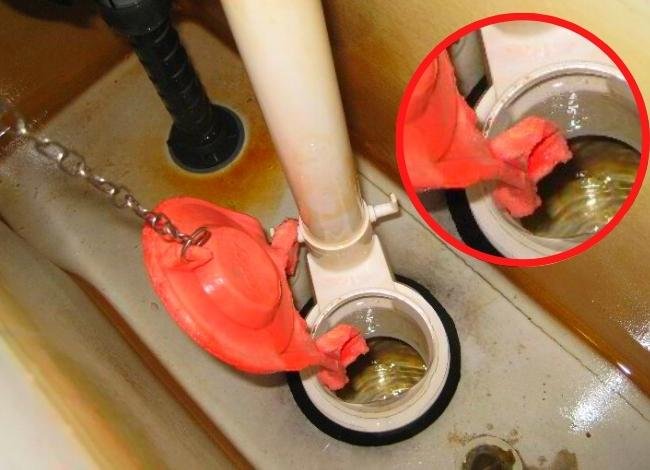
Why Does the Toilet Run after Replacing the Flapper?
You could have faced a running toilet right after fixing the flapper of one toilet. You could be at stake as to how a new flapper can also be the cause of a running toilet. Yes, this can happen sometimes. The flapper must be incompatible with the toilet’s tank, or the flapper’s size must have been smaller than the shape of the running diameter. If neither is the case, check the fill valve, the overflow tube, and the flushing button. There may have been something defective in one of these parts.
How to fix the flapper to avoid a running toilet?
I will describe the complete procedure of fixing a flapper in order to fix a running toilet. So let’s get things started.
Step-1
The toilet’s water supply comes through a hose, often on the left side of the toilet. That hose goes into the wall or floor, and there will be a handle at the base. Turn that handle to the right until it’s tight. Then flush the toilet to remove the extra water left in the toilet tank.
Step-2
The flapper has a rigid chain that is attached to the flush lever inside the main tank, which can be unclipped. Different flappers are attached to the tank differently; the chain can be readjusted and resettled using the hand.
Step-3
The simplest way to ensure having the ideal flapper is to take your old flapper to the hardware store to compare the models available on the market.
Step-4
The flapper type is the key point of installing the new one. The type of flapper must be compatible with the type of toilet you have. The flapper chain has to be the ideal length. If it’s too much longer, the flapper will not completely uplift the drain hole, so it will not initiate a full flush. If it’s too short, the flapper may not be able to close and seal decently.
Best Toilet Flapper
Among many options on the market today, I will demonstrate one of the most potent flappers that can be effective enough to stop running water: the “Fluidmaster 5403 Toilet Flapper.”
It is incorporated with a corrosion-resistant silicone seal that outlasts standard rubber flappers, and having a kink-free chain prevents the flapper from getting stuck in the open position. It has a molded rigid plastic frame that prevents the flapper from bending or twisting. There is an adjustment dial that can control the flush volume. It is compatible with almost all types of toilets, like a 1.6 gallon per flush toilet.
Hi, I am Jose S. Franz. Currently, I am working as a professional plumber, and our team offers various plumbing services at an affordable price. After my college education, I completed a vocational certification course in plumbing systems and worked with several construction companies. Since then, I have fixed lots of different toilet models, from older to the latest versions. So I have more than 22 years of experience installing plumbing systems and toilets in both residential and commercial buildings.


